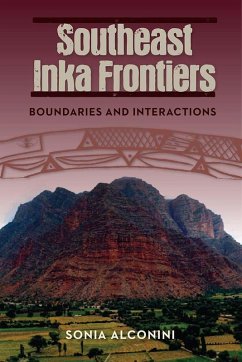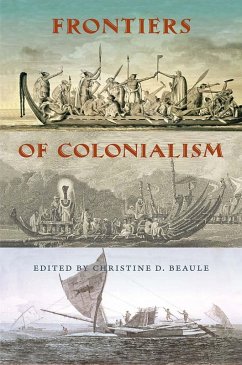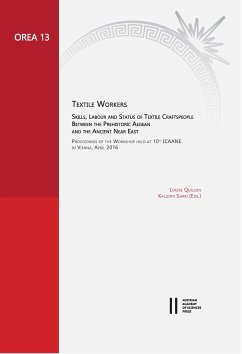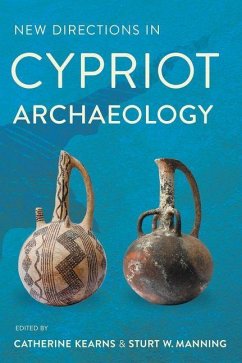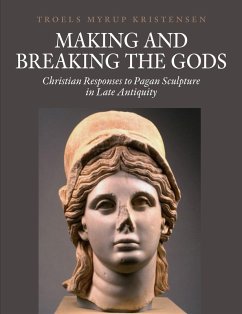
Archaeology across Frontiers and Borderlands (eBook, PDF)
Fragmentation and Connectivity in the North Agean and the Central Balkans from the Bronze Age to the Iron Age
Redaktion: Gimatzidis, Stefanos; Mangalaglu-Votruba, Sila; Pieniazek, Magda

PAYBACK Punkte
0 °P sammeln!
Ziel dieses Bandes ist eine theoretische Diskussion über die Archäologie an den Grenzzonen des Balkans, der Ägäis und Anatoliens sowie ihre Wechselbeziehung mit dem sozialen und politischen Leben in dieser historisch turbulenten Region. Moderne politische Grenzen trennen die europäische Archäologie nach wie vor und können die Forschung behindern. Dies zeigt sich besonders in Südosteuropa, wo die Zusammenarbeit zwischen benachbarten Ländern wie Griechenland, der Türkei, Bulgarien, Serbien, EJR Mazedonien und Albanien praktisch ruht.Die Rezeption der Vergangenheit im Rahmen der lokalen...
Ziel dieses Bandes ist eine theoretische Diskussion über die Archäologie an den Grenzzonen des Balkans, der Ägäis und Anatoliens sowie ihre Wechselbeziehung mit dem sozialen und politischen Leben in dieser historisch turbulenten Region. Moderne politische Grenzen trennen die europäische Archäologie nach wie vor und können die Forschung behindern. Dies zeigt sich besonders in Südosteuropa, wo die Zusammenarbeit zwischen benachbarten Ländern wie Griechenland, der Türkei, Bulgarien, Serbien, EJR Mazedonien und Albanien praktisch ruht.Die Rezeption der Vergangenheit im Rahmen der lokalen Perspektiven der modernen Nationalstaaten und sich verändernde Identitäten sind einige unserer Brennpunkte: Können Änderungen oder Kontinuitäten in der materiellen Kultur als Beweis für ethnische (Dis-)Kontinuitäten, Migrationen, Ethnogenesen usw. dienen? Was ist der sozio-politische Hintergrund solcher Betrachtungsweisen? Welches Potential hat die materielle Kultur für die Definition von modernen und historischen Identitäten?Interaktion zwischen verschiedenen Gesellschaften und Kulturen sowie Güter- und Ideenaustausch sind weitere Themen dieses Buches. Die Nordägäis und der Balkan waren während der späteren prähistorischen und frühen historischen Perioden Schauplatz faszinierender kultureller Entwicklungen. Private, religiöse und öffentliche Architektur sowie verschiedene Artefakttypen und Bestattungssitten wurden im archäologischen Prozess seit jeher zur Definition von Identitäten herangezogen. Identitäten waren aber niemals statisch, sondern unterlagen ständiger Veränderung. Die Frage ist, wie Menschen und Artefakte aufeinander einwirken und wie Artefakte und Ideen ihre Funktion und Bedeutung durch Zeit und Raum verändern können.An dieser Diskussion beteiligten sich KollegInnen, die unterschiedliche akademische Traditionen mit verschiedenen kulturellen Hintergründen vertreten und in Griechenland, der Türkei, Bulgarien, EJR Mazedonien, Albanien, Serbien, Kroatien und Bosnien arbeiten. Insgesamt 19 Beiträge werden nun in diesem Buch vorgestellt.
Dieser Download kann aus rechtlichen Gründen nur mit Rechnungsadresse in A, B, BG, CY, CZ, D, DK, EW, E, FIN, F, GR, HR, H, IRL, I, LT, L, LR, M, NL, PL, P, R, S, SLO, SK ausgeliefert werden.






